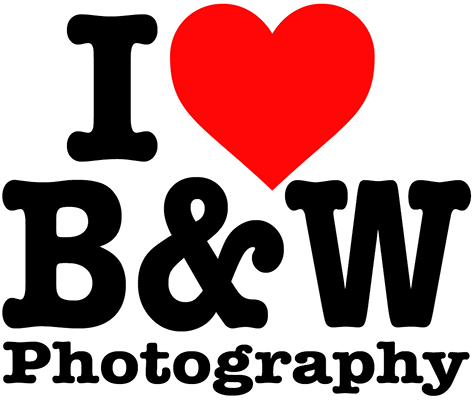For black and white photographers, this means more choices for stunning exhibit-quality digital prints.
The only drawback? These products will make a significant dent in your bank account. But for pros, they may earn their keep rather quickly.
Here’s a quick overview. Click on the links to learn more and if you can afford them, please buy them through these links to help support “I Love Black & White Photography”:

Sony a9
Sony’s most advanced digital camera ever, the a9 is aiming squarely at pro shooters with its 20fps blackout-free burst rate, silent vibration-free shooting, and 693-point focal plane phase-detect AF system. But most importantly, Sony is the world’s leading sensor manufacturer (Pentax and Nikon use Sony sensors in their DSLRs), and the a9’s 24mp sensor is the world’s first stacked CMOS sensor—a design that Sony claims is 20x faster than previous sensors. The result? We may see a lot of Sony a9s at the sidelines of sporting events, displacing ubiquitous Canon and Nikon pro rigs.

Fujifilm 23mm and 110mm GF Lenses
Fujifilm’s GFX-50S medium-format interchangeable-lens camera is winning accolades among studio pro photographers, but with only 3 lenses available it is somewhat limited. That has changed with the introduction of not only a 23mm ultrawide and 110mm portrait medium tele, but also with the introduction of a Large Format adapter that allows GFX-50S users to mount Fujifilm large-format lenses on their camera. Suddenly, Fuji’s got an ecosystem.

Nikon D7500
What’s the difference between the Nikon D7500 and the D500? It’s the same APS sensor and viewfinder and both cameras offer 4K video, the D500 has the edge on AF speed and fps and a more high-end body, while the D7500 is more compact and has a pop-up fill flash. Oh and one more thing…the D7500 is about $600 less expensive. Choices, choices.

Panasonic 8-18mm f/2.8-4 Lens
Panasonic has Partnered again with Leica to offer an ultrawide zoom lens (16-36mm 35mm equivalent coverage) that’s lightweight and a great choice for architecture photographers using Micro Four Thirds mirrorless cameras. The convenience of the lightweight package may outweigh the fact that the sensor is half the size of a full-frame.

Panasonic ZS70
While not as exciting new as its predecessor (after all, it’s simply a selfie-friendly update of the ZS60), the Panasonic ZS70 should be a popular choice thanks to its sick 30x superzoom lens, the longest focal range to appear on a camera of its size. It now has a flip-up LCD monitor that faces forward for selfie compositions, but for travelers who want to reduce payload, it’s a great choice.
One thing all of these cameras and lenses have in common? They all can beat the crap out of your smart phone.

